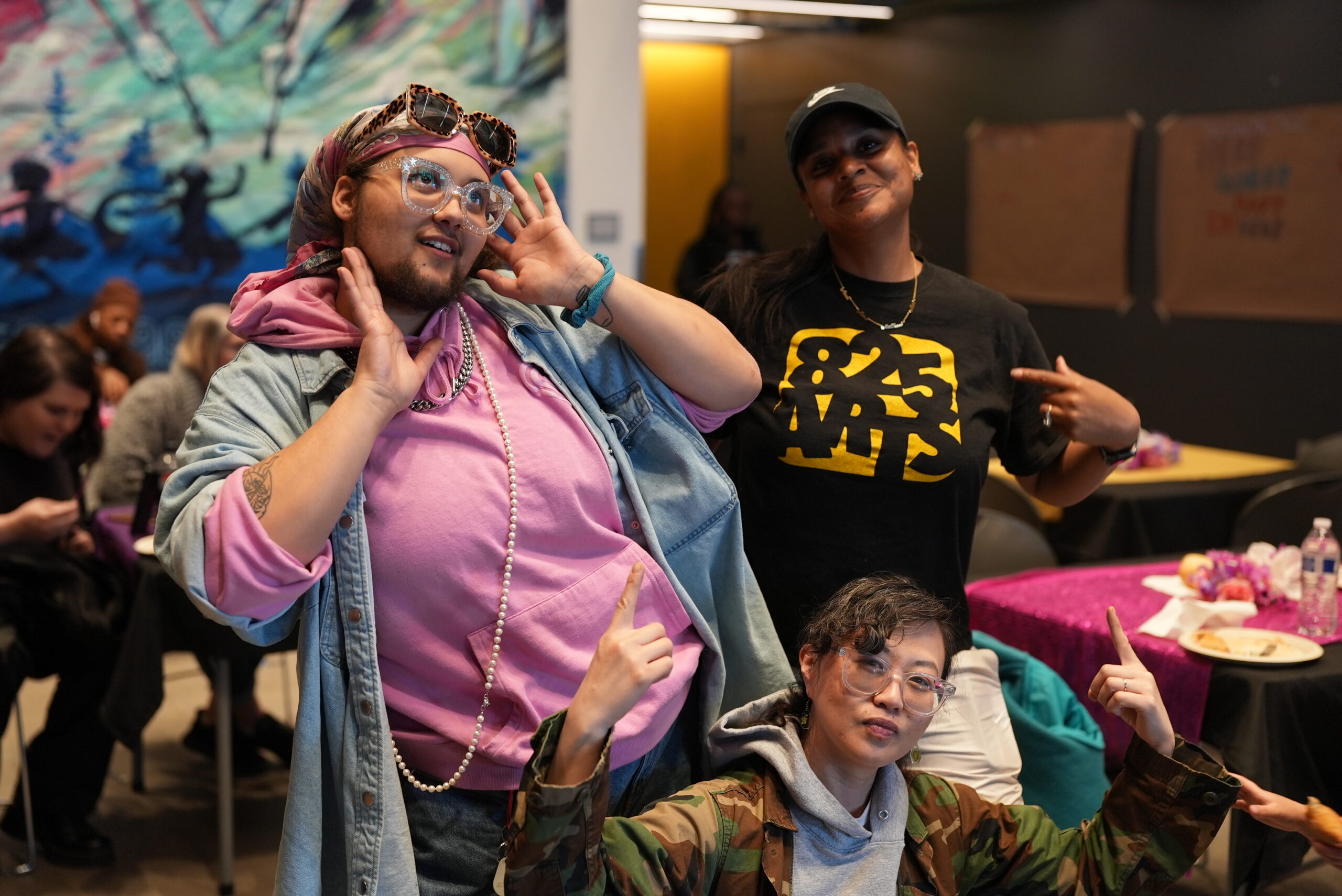Community advisory committees offer a meaningful way for small arts organizations to stay grounded in the people they serve, inviting feedback, shaping programming, and building trust while sharing power.
But it’s not as simple as just starting a group and expecting it to flourish. Successful community advisory committees require intention, flexibility, and long-term care.
In this article, we explore how three small-but-mighty Midwestern organizations have created and activated community advisory committees in ways that reflect their values, center participant voices, and strengthen their work.
You’ll hear how each organization tailored their approach to meet their goals, what challenges they faced, what impact they’ve observed, and what advice they have for others.
Racing Magpie: A Community-Driven Outdoor Transformation
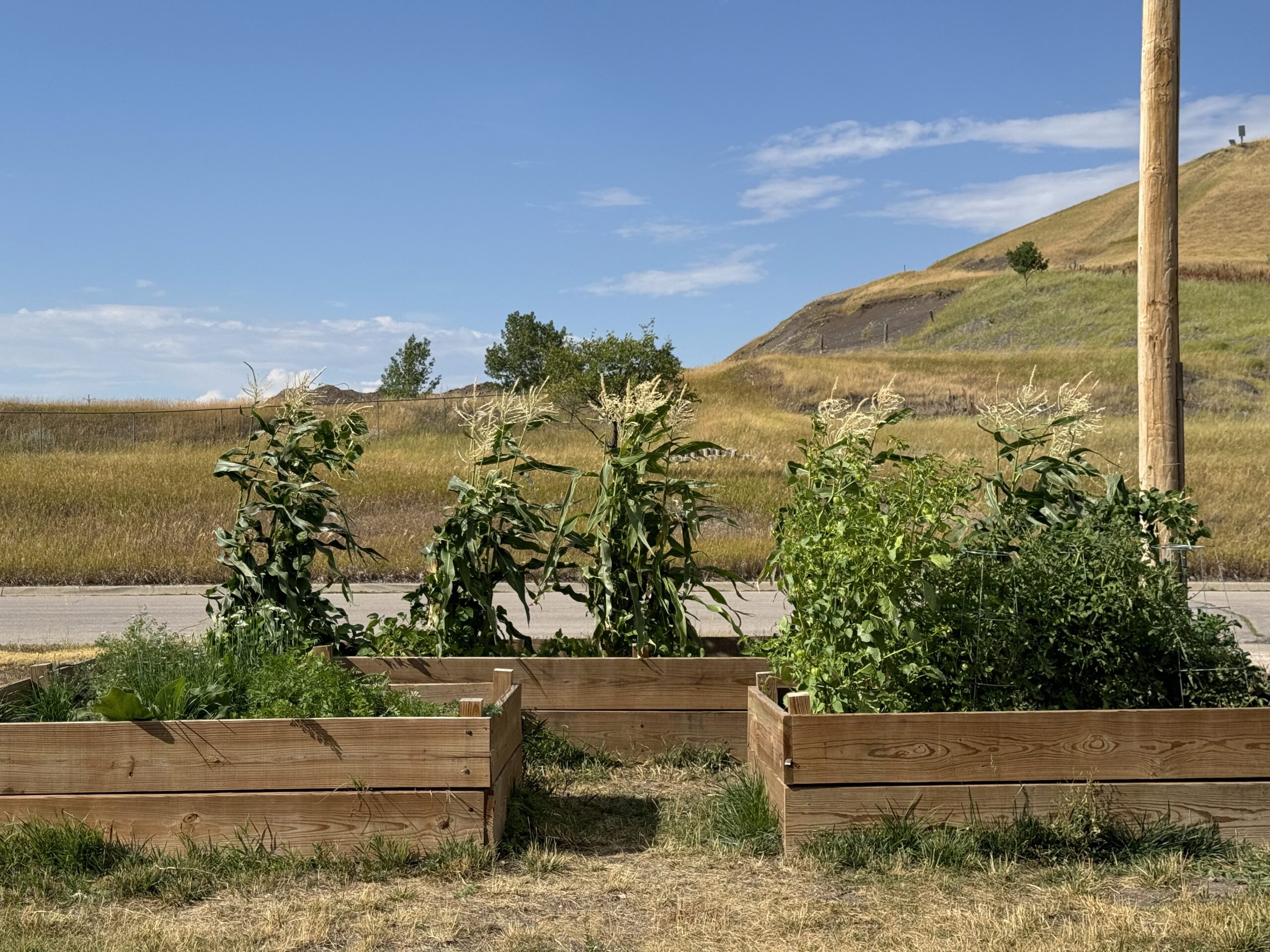
Founded in 2015, Racing Magpie is a Lakota-centric arts and culture organization located in Rapid City, South Dakota. Their mission is to center the Lakota practice of being a good relative in everything that they do, and to focus their work on elevating and amplifying the work that Lakota and other Native artists and culture bearers are already doing in their community.
A small organization of just one part-time and two full-time staff members, Racing Magpie considers their large volunteer base to be an important part of their organizational team, along with artists, culture bearers, and other community members. Their work comes to life through affordable studio spaces, a Native art gallery, arts and cultural programming, innovative collaborations, and creative community space.
One of Racing Magpie’s main goals is ensuring that their spaces are welcoming and comfortable for Lakota community members and making sure that their spaces directly reflect decision making by the community.
Over the years, they’ve had many requests (or shared dreams, as they call them) from Lakota community members for activating outdoor space, both to increase relationship with the earth and the plant world and to become a learning environment for traditional plant and medicine knowledge.
In the building they rented from 2016-2020, creating an outdoor space wasn’t an option. But, in 2021, when Racing Magpie acquired a new facility with yard space, an opportunity presented itself.
To maintain their goal of community-driven decision making, they reached out to community members they knew had an interest in the project— first to share the good news, and then to invite them to a series of planning meetings. They also reached out to a local landscape architect for support.
They then held hybrid meetings (on Zoom and in-person, to encourage attendance) where the group responded to a series of questions:
- Who would the space be for?
- What characteristics were important to them?
- What did they want to see in the design?
- How could they incorporate native plants?
- How would they engage volunteers?
By 2023, they had the first pieces of the outdoor design installed and were planting their first vegetables. The following summer, they completed another round of installation, with more planned for the future.
While activity in the outdoor spaces has been building slowly so far, community members have responded positively, expressing curiosity and suggesting others who might want to get involved. Alongside this, a new program is gradually taking shape to invite elders into the space regularly, with the garden being one key area of involvement.
Racing Magpie recognizes that establishing meaningful change and community trust take time, sustained commitment, and consistent action. They see the garden as a reflection of their deeper goal: helping community members see themselves as part of Racing Magpie—and Racing Magpie as part of the community.
Racing Magpie’s advice for others?
“Fully lean into the process of involving community members in all parts of design, decision making, and programming. Organizations are there to serve a mission of supporting a community, and there is no better way than empowering that community to be part of the problem solving as well.
But remember: all of it takes time to do well. Time to build trust and real relationships with members of the community and time to do “the thing” as well. Often the work does not fit into funding timelines, and adding that flexibility into the process is integral to full engagement.”
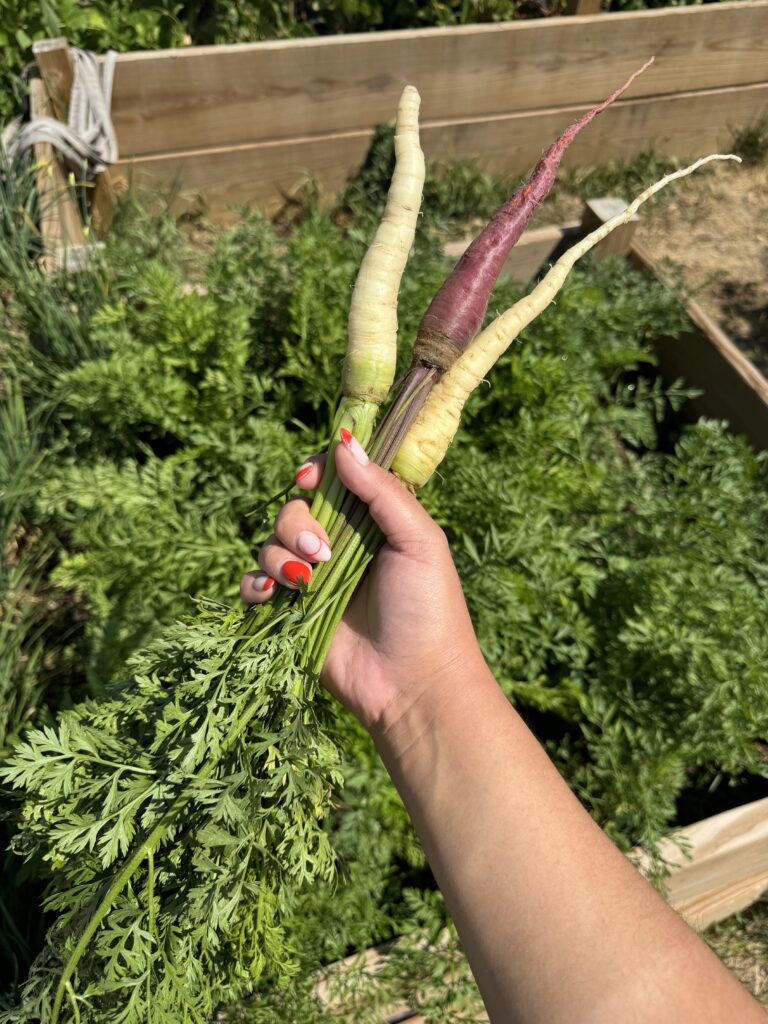
825 Arts: Creating a ‘Neighborhood Dream Team’
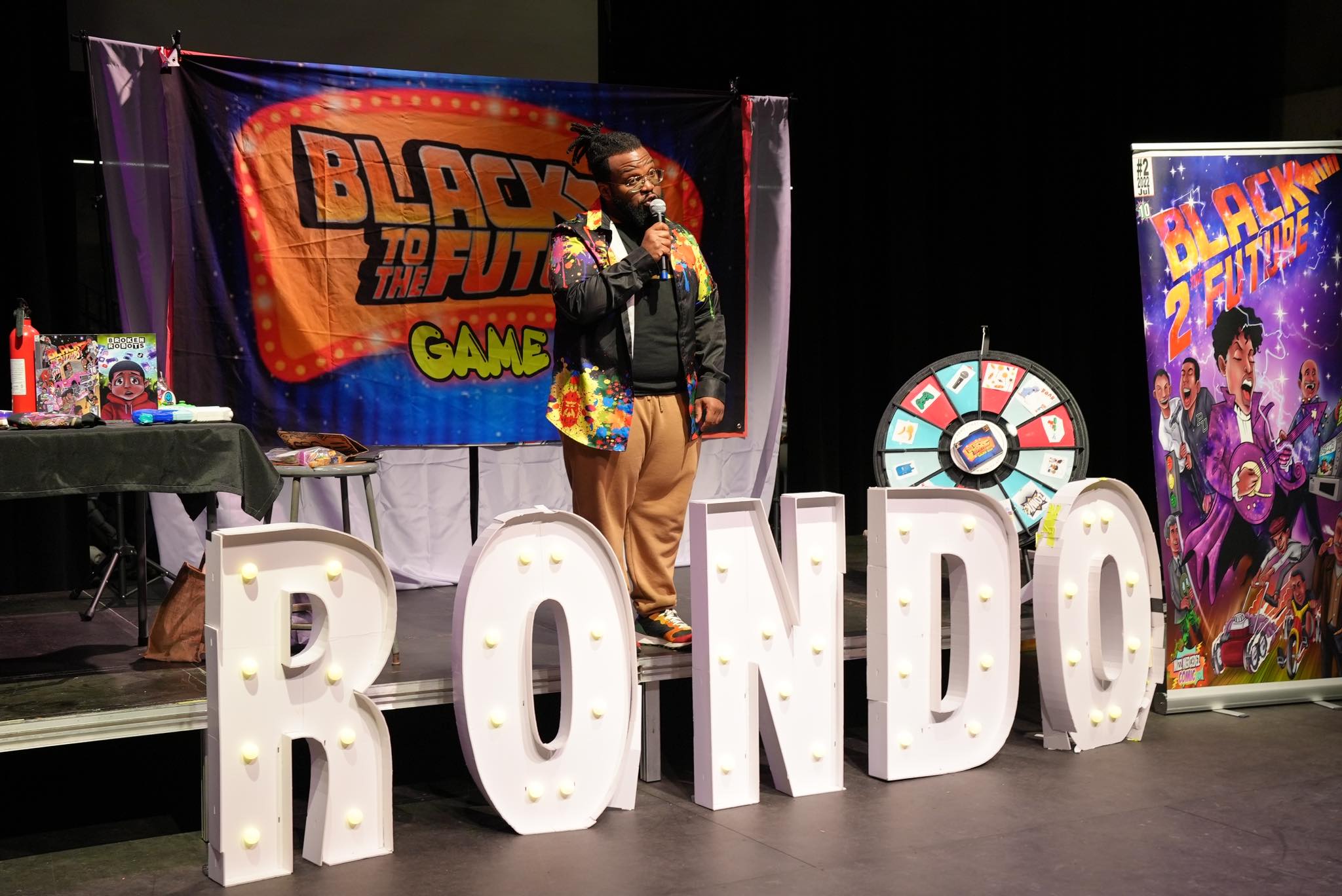
825 Arts is a community arts organization that serves the Frogtown and Rondo Neighborhoods in St. Paul, Minnesota. They focus on serving their culturally rich (and, as they call it, often underestimated) neighborhood. They do this through creating programs and operating a space that serves as a creative home for their community. All their work has the goal of building community power amongst the people who call Frogtown and Rondo home.
When 825 Arts first approached the idea of creating a community advisory committee, they had a broad goal: to have the group advise the organization. This proved to be a broad and unclear goal; they struggled to attract and retain community members, who felt unfulfilled and often missed meetings.
At the recommendation of their Community Engagement Director, they changed the name of the group from “Community Engagement Committee” to “Neighborhood Dream Team.” The new name captured the spirit of the group’s new goals: dreaming and visioning on programs and their potential for their neighborhood.
They also decided to shift formats, engaging members through an ongoing text thread in addition to in-person meetings. The text thread allowed members to respond and contribute on their own time, while the bi-monthly meetings focused on larger proposals and the bigger picture.
825 Arts found success with their community advisory group by honoring members’ time, adapting to their preferred communication styles, and establishing a clear, shared goal.
Just as essential was engaging members throughout the entire process, from early planning to the final outcome, and consistently acknowledging their impact along the way.
825’s advice for others?
“Honor people’s time, and make sure the group has a clear, articulated, and agreed upon purpose, of which the effects can be seen by and communicated with the group.
Too often, people are generous with their time and advice, but the organization doesn’t come back to them with how the group’s contributions shaped the final result.”
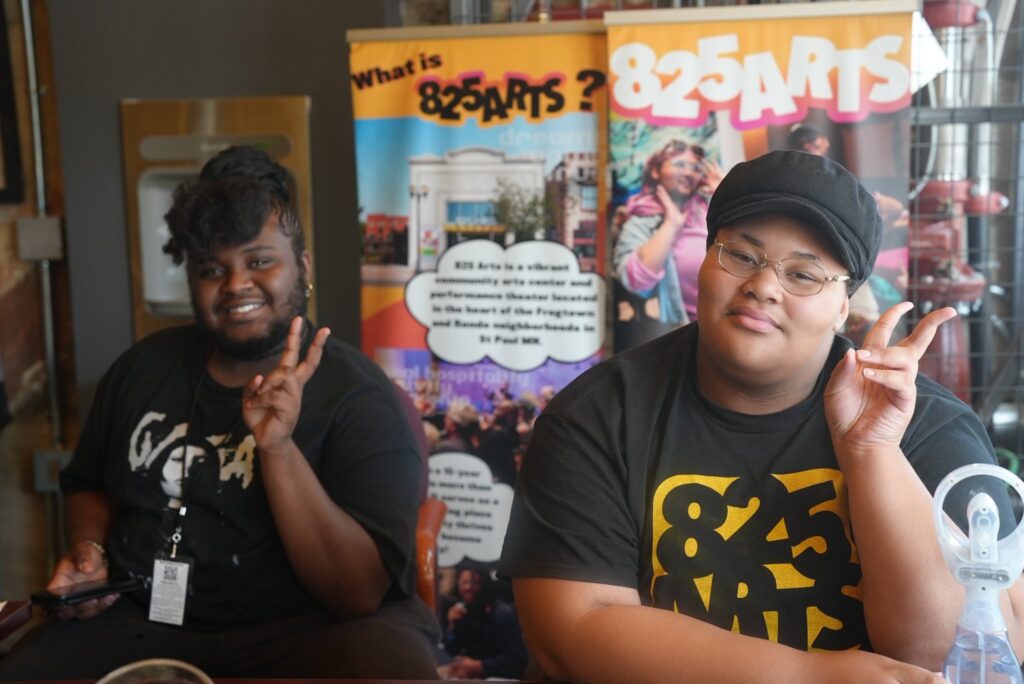
Department of Public Transformation: Two Models for Local Leadership
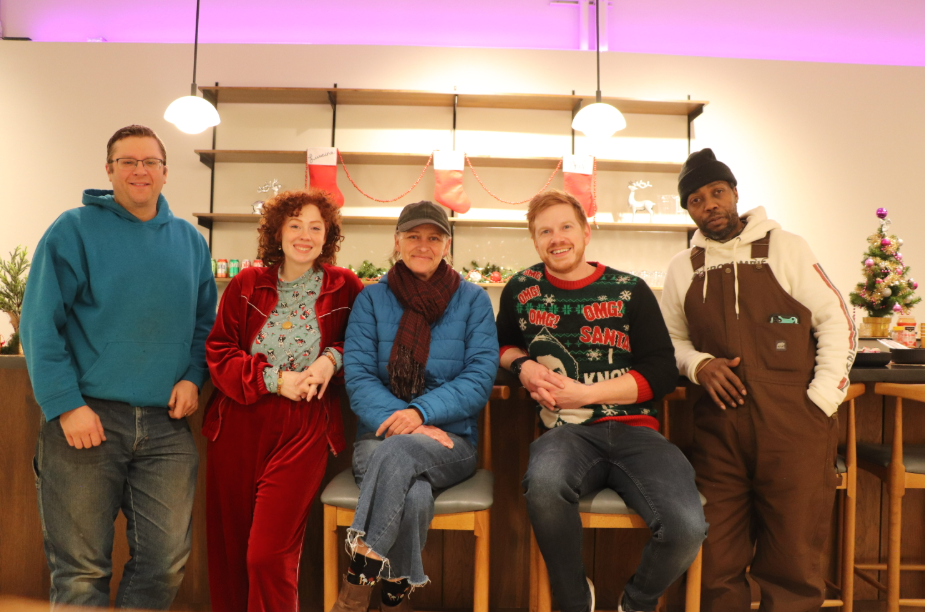
Department of Public Transformation (DoPT) is a Minnesota-based organization that works nationally to support creative civic engagement in rural places. In Granite Falls, Minnesota, they operate The YES! House—a vibrant, multipurpose community gathering space rooted in creative collaboration.
To ensure The YES! House remains accountable to and reflective of the local community, DoPT launched two distinct community advisory groups, each playing a unique role in shaping the space.
The Creative Collaboration Team (CCT) serves as both a programming braintrust and a logistical support crew. This group helps dream up and co-host events, staff open hours, and assist with daily operations—from facilitating Saturday hangouts to installing art. Participants are compensated for their time and meet monthly.
The YES! House Advisory Council grew out of a temporary group that convened to envision the future of The YES! House post-pandemic. The Advisory Council’s focus is big picture: providing feedback on business planning, community partnerships, revenue generation, rental policies, and other strategic decisions. Members meet quarterly, helping to ensure transparency, accountability, and relevance to local needs in Granite Falls.
Both groups receive clear orientation and role expectations through letters of agreement and onboarding conversations, an approach that’s proven key to their success. DoPT staff coordinate meetings, recruit new members, and stay actively involved with each group.
While this hands-on engagement takes time and care, the impact has been worth it. The CCT has become a driving force behind The YES! House activities, with members stepping up to teach, host, and bring new ideas to the table. And the Advisory Council, though still getting established, has already helped shape future plans for The YES! House.
DoPT’s advice for others?
“Be clear about expectations, compensate participants, and build in time for staff to manage these efforts thoughtfully.
Embedding the community in leadership is powerful—but it takes work to do it well.”
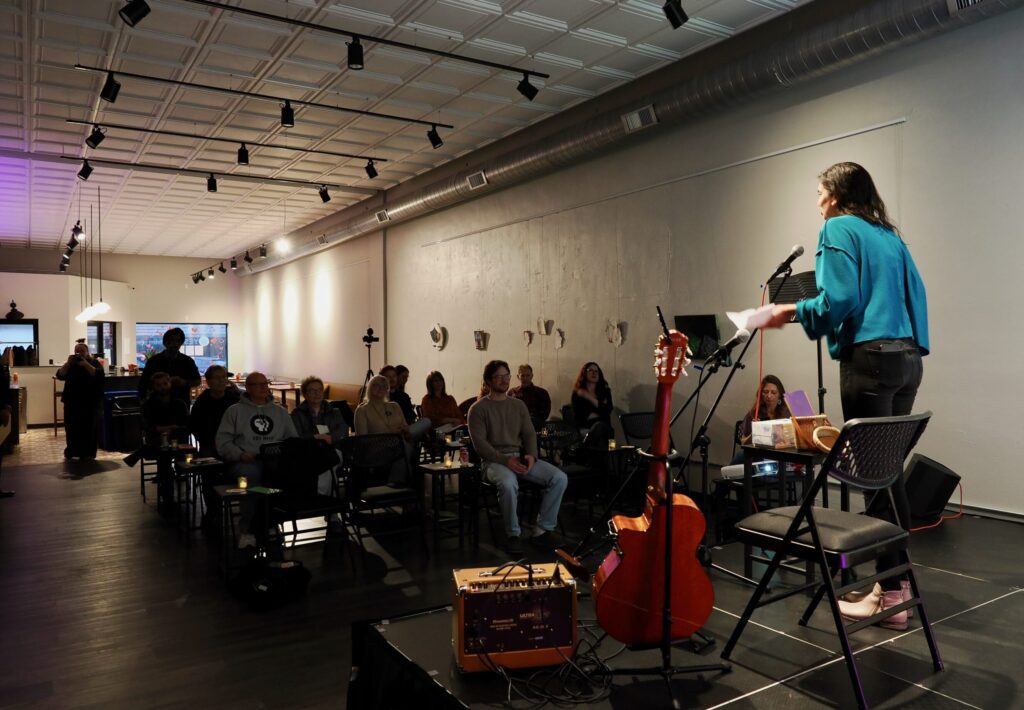
What We’re Learning
Across these three organizations, a few key takeaways rise to the surface:
- Define roles clearly. When participants know what’s expected of them, through onboarding, role descriptions, or clear communication, they feel more confident and engaged in their contributions.
- Stay flexible. Tailoring meeting formats, communication styles, or even group names to match what works best for your community helps sustain engagement over time.
- Plan for the long haul. True community engagement takes staff time, coordination, and resources. But the return (more relevant programs, stronger accountability, and deeper shared ownership) is worth the investment.
There’s no one-size-fits-all approach to building an advisory group. But these organizations show that when done with care, community advisory committees can be vital partners in mission-driven work.
